OnePlus brought its latest Android flagship OnePlus 12 to the western market earlier this year. The smartphone is undoubtedly better than before. It also maintains its position as one of the best value-for-money flagships one can get.
It is a smartphone that should be part of your shortlist if you are interested in buying a new flagship device. However, that means it will have to compete with other options on the list. Another smartphone that will surely make it to your list is Google’s Pixel 8 Pro. This is the reason we decided to compare the two smartphones and help you decide which one is a better pick for you.
Design and Display
![]()
Google has moved from offering curved display to flat display with the Pixel 8 Pro. It has a matte glass back and a unique visor-styled bar. You will see three camera sensors along with LED flash housed inside a pill-shaped camera module. The phone has Corning Gorilla Glass Victus 2 on both the front and the back. It offers IP68 protection against dust and water.
The OnePlus 12 continues with the big circular rear camera design from last year. The difference this year is that the camera bump is on the higher side. It offers Corning Gorilla Glass Victus 2 protection only on the front glass. The phone has a curved display and unfortunately, only IP65 protection.
The Pixel 8 Pro sports a 6.7-inch Quad HD+ (1344 x 2992 pixels) LTPO OLED display with 120Hz refresh rate. It has a 2,400 nits peak brightness, HDR10+, and Always On Display support.
As for the OnePlus 12, you will get a 6.82-inch LTPO AMOLED display with 1440 x 3168 pixels resolution and 120Hz refresh rate. It offers HDR10+, Dolby Vision, 4,500 nits peak brightness, and Always On Display.
Both smartphones undoubtedly have a superior display that will not leave you disappointed. However, OnePlus offers a brighter and curved display panel.
Performance
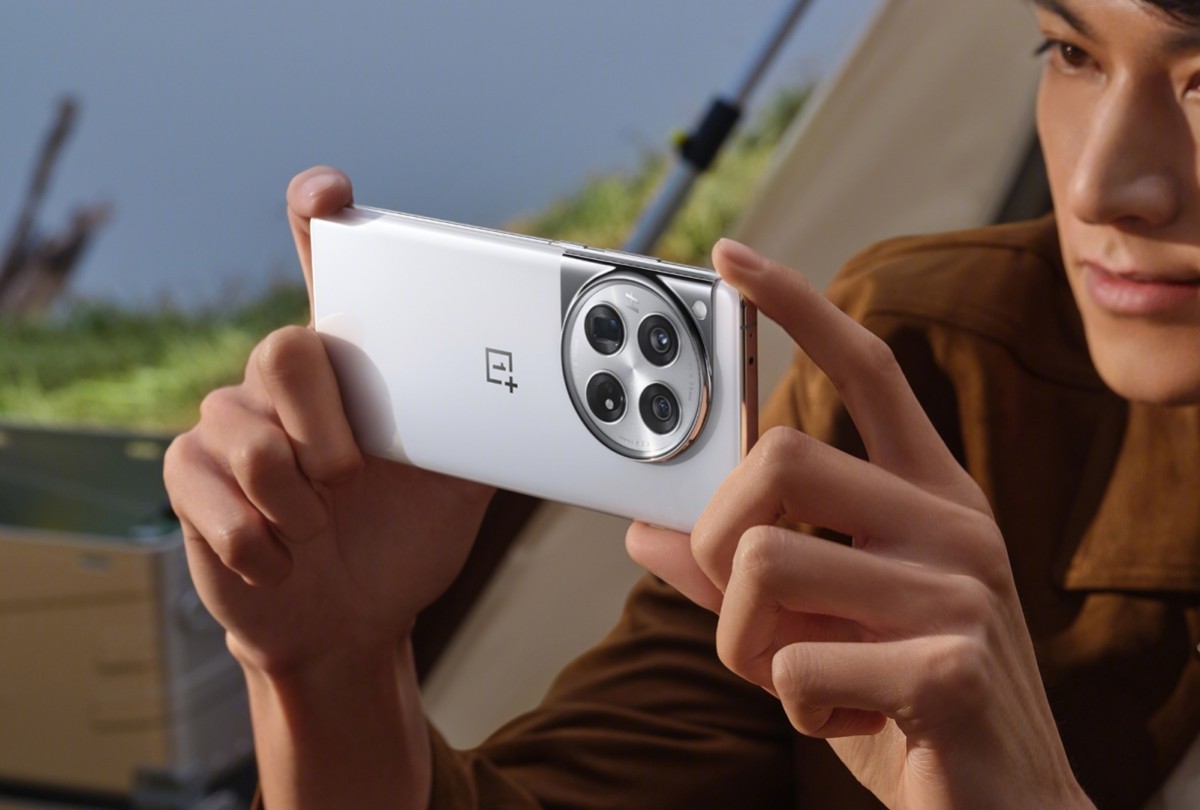
The OnePlus 12 comes with the Qualcomm Snapdragon 8 Gen 3 processor. It is a 4nm octa-core flagship chipset and is currently the best one you can get from Qualcomm. There is an Adreno 750 GPU for handling graphics-intensive tasks including gaming. You should not have any issues with day-to-day tasks and also enjoy AAA mobile gaming.
Google has powered the Pixel 8 Pro with its in-house Tesor G3 processor. It is also a 4nm octa-core chipset and has Immortalis-G715s MC10 GPU. It emphasized its AI task-handling capabilities over raw performance. A user should not face any noticeable issues in usual daily tasks but if you are someone who does heavy gaming or uses intensive apps like photo/video editing, we would say OnePlus should be your pick.
You get 12GB of high-performance RAM on both flagships but the OnePlus 12 is also available in a 16GB RAM variant. The storage options are up to 1TB with the Pixel 8 Pro and up to 512GB with the OnePlus 12. However, OnePlus offers a faster UFS 4.0 storage standard as compared to UFS 3.1 on the Pixel.
Cameras
![]()
The OnePlus 12 has a triple camera setup featuring a 50MP wide-angle sensor, a 64MP periscope telephoto sensor with 3x optical zoom, and a 48MP ultra-wide sensor. You get phase detection autofocus (PDAF) with all three sensors but only the first two cameras offer OIS support. OnePlus has collaborated with Hasselblad to tune up the camera and has certainly improved from last year.
The Pixel 8 Pro also has a triple camera setup but it offers a 50MP wide-angle sensor, a 48MP telephoto sensor with 5x optical zoom, and a 48MP ultra-wide sensor. The first two cameras also offer OIS. Both smartphones are capable of shooting 8K videos at 24fps and 4K videos at 30fps and 60fps.
Both smartphones are capable of clicking good shots across various conditions, but Google undoubtedly takes the cake. Its superior software processing and AI camera features make Pixel 8 Pro a more versatile choice for photography lovers.
Software
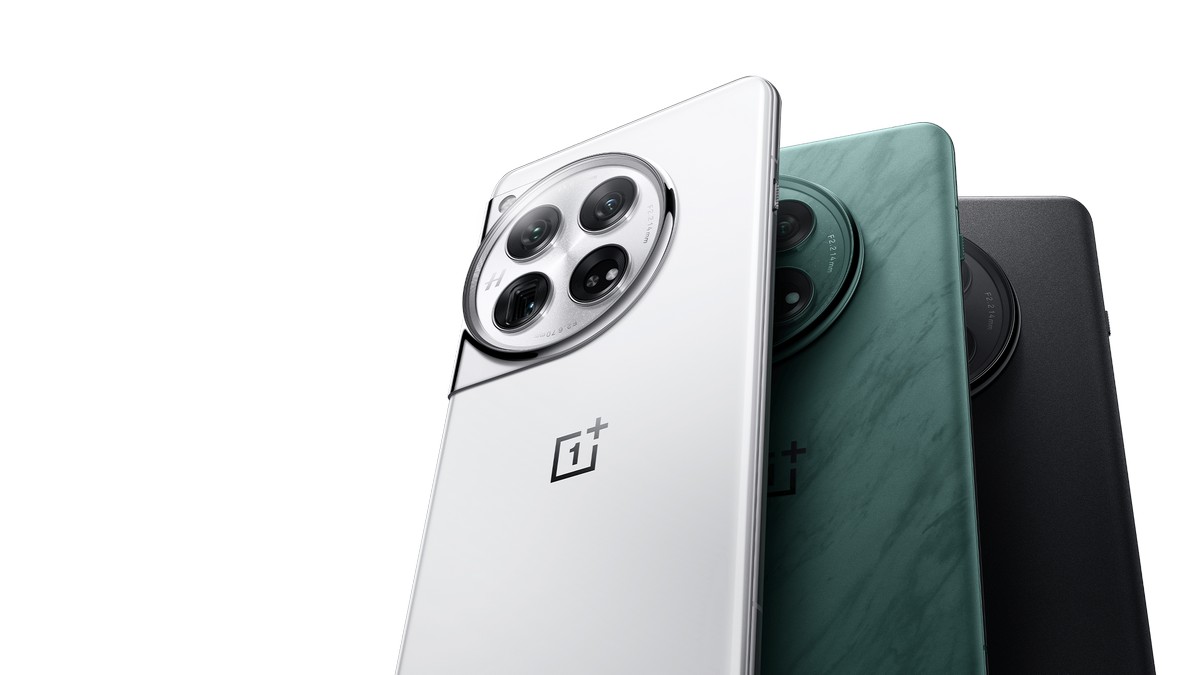
The Pixel 8 Pro boots Android 14 out of the box. It has a clean and minimal UI and UX that you expect from a Pixel smartphone. You also get Pixel Experience, thanks to a bunch of exclusive software-based features that you get only on a Pixel smartphone. And yes, Google has promised seven years of updates for the smartphone.
The OnePlus 12 boots OxygenOS 14 based on Android 14 out of the box. There used to be a time when OnePlus’ software experience was one of the best but those days are long gone. Even hardcore OnePlus fans feel OxygenOS is not the same as it used to be in the early days. But if we look past the comparison from previous offerings, OxygenOS is still a good software experience. You will not notice anything major wrong in your usage, especially if you have not used OxygenOS before. OnePlus has promised four years of major OS upgrades and five years of security updates.
Battery
![]()
The OnePlus 12 comes with a huge 5,400mAh battery with 80W wired fast charging in the United States. It is claimed to charge the smartphone from zero to 100% within 30 minutes. There is also support for 50W wireless charging (full charge in 55 minutes) and 10W reverse wireless charging.
In comparison, the Pixel 8 Pro packs a 5,050mAh battery which is slightly smaller. It further offers only 30W wired fast charging (50% charging within 30 minutes) and 23W wireless charging.
Verdict
Google’s offering is packed with better cameras, unique AI features, and longer software support but it also costs a lot more. On another hand, the OnePlus 12 is undoubtedly a better value-for-money device that helps you get a flagship experience without burning a hole in your pocket. Overall, it does not matter if you pick the Pixel 8 Pro or OnePlus 12, you cannot go wrong. It’s all about what you prefer and how much money you are comfortable spending.
- Pixel 8 Pro is the all-pro phone engineered by Google; it’s super fast, powerful, and secure, with the new Google Tensor G3...
- Unlocked Android 5G phone gives you the flexibility to change carriers and choose your own data plan[2]; it works with Google...
- Comes with 6 months of Google One and 3 months of Youtube Premium with purchase of OnePlus 12. (New accounts only for each...
- Pure Performance: The OnePlus 12 is powered by the latest Snapdragon 8 Gen 3, with up to 16GB of RAM. The improved processing...
Note: This article may contain affiliate links that help support our authors and keep the Phandroid servers running.



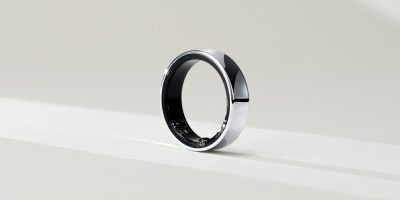

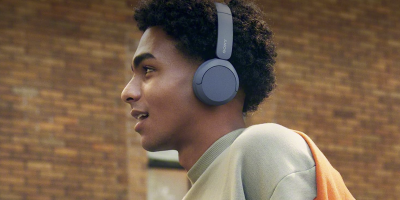
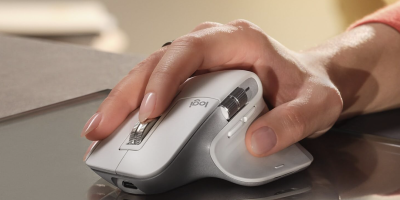


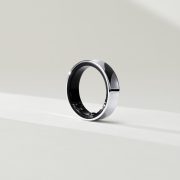


Comments